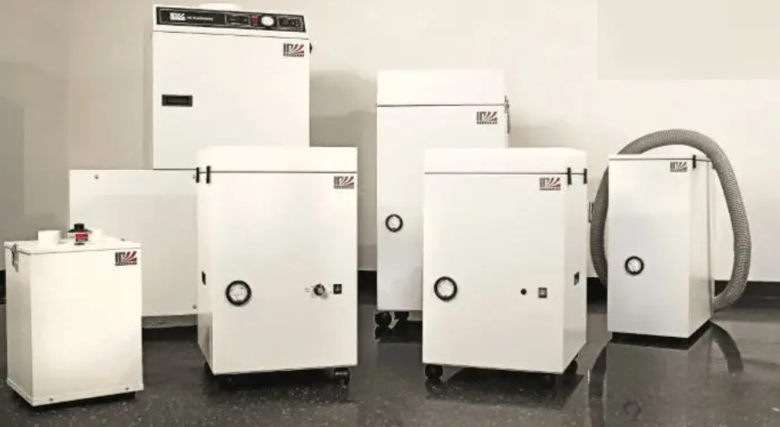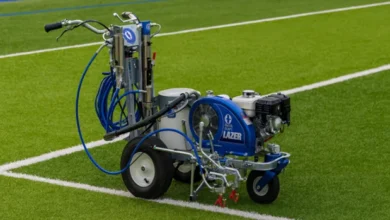Understanding Different Types of Fume Filtration Systems for Various Industrial Applications

Creating a safe and productive workplace in industrial settings often relies on managing air quality. Processes such as welding, soldering, laser cutting, and chemical handling release hazardous fumes that must be controlled effectively to ensure worker safety. A well-designed fume filtration system plays a central role in protecting workers, meeting compliance standards, and maintaining equipment longevity. Choosing the right system requires understanding the available options and how they suit specific applications.
Types of Fume Filtration Systems
When considering industrial needs, several filtration systems stand out for their unique applications. Portable units are ideal for smaller workstations or environments where flexibility is required. These mobile systems can be positioned directly at the source of emissions, making them efficient for light tasks. In contrast, centralized systems are designed for larger facilities, connecting multiple workstations to a single extraction point for broad coverage. Benchtop extractors are another option, particularly in electronics and laboratory settings, where precision and localized control are essential. Downdraft tables offer integrated solutions that capture fumes directly as work is performed, making them highly effective for grinding, welding, and sanding processes.
Filter Types and Maintenance
The effectiveness of any system largely depends on the type of filters it uses. HEPA filters capture fine particulates, while activated carbon filters are specifically designed to trap volatile organic compounds (VOCs) and other chemical vapors and gases. Proper upkeep is vital, as clogged or saturated filters reduce efficiency. Understanding the life of the fume extraction filters ensures optimal performance and cost management over time. Facilities that monitor filter condition regularly not only maintain cleaner air but also avoid unnecessary downtime.
Matching Systems to Applications
Every industry has unique requirements when it comes to air filtration. For instance, pharmaceutical and laboratory environments demand high-efficiency filtration to remove volatile organic compounds. Welding and fabrication shops, on the other hand, require systems that handle both heavy particulates and gaseous byproducts. Knowing how to size and match systems is crucial to achieving the optimal balance of efficiency and cost.
Balancing Safety and Cost Efficiency
While protecting worker health is always the priority, companies also need to consider long-term operational efficiency. Energy-efficient filtration units equipped with smart controls enable facilities to maintain high air quality while minimizing energy consumption. Investing in a system that balances upfront cost with long-term savings ensures both safety and profitability.
See also: Multicam Editing: Techniques and Best Practices
Integration with Workplace Design
Another critical factor in selecting a fume filtration system is its ability to integrate seamlessly with the overall workplace design. When evaluating what size fume extractor you need for your welding projects, it’s essential to consider not only capacity and coverage but also how the unit fits into your operational layout. Systems that are compact and modular allow facilities to adjust layouts without major disruptions, while centralized units require more permanent planning. Thoughtful integration ensures not only effective fume control but also smoother workflows, reduced clutter, and enhanced employee productivity.
Conclusion
Fume filtration systems are not one-size-fits-all; each type offers distinct advantages for different industrial applications. Whether it is portable extractors for flexibility, centralized systems for extensive facilities, or specialized solutions for laboratories, the right system safeguards both employees and operations. By considering filter type, system size, and maintenance requirements, businesses can create safer workplaces while optimizing performance. Ultimately, choosing the right fume filtration approach is an investment in health, compliance, and operational excellence.







